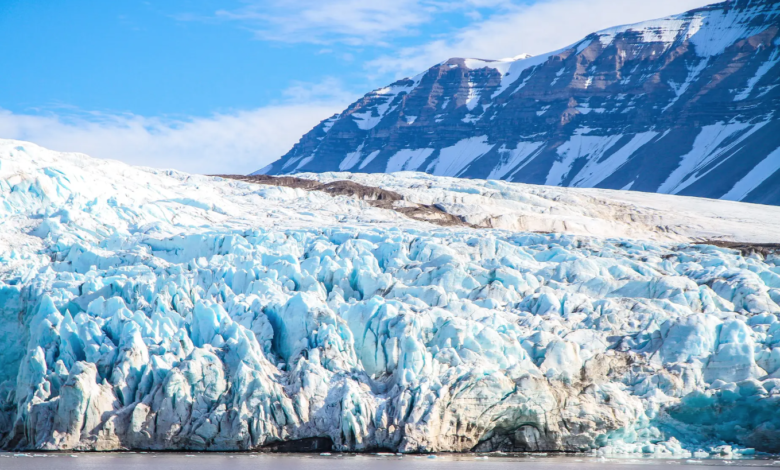Melting glaciers can run at 600 meters per day
The secrets of melting glaciers are written on the seabed of Norway
(sustainabilityenvironment.com) – An “alarm bell from the past” that comes from the sediments of the seabed of Norway. And he warns of the rate at which melting glaciers can proceed during global warming, such as the current one. In the past, the melting speed of glacial tongues has also reached 600 meters per day. Twenty times faster than ever before.
This is what emerges from a study published in Nature and led by the University of Newcastle, which focused on the “corrugation ridges“, ripples of the seabed high about 2,5 meters that are located off Norway and are spaced at intervals ranging from 25 to 300 meters. How were they formed and why is it important to better understand the evolution of the climate crisis today?
Reconstructing the melting glaciers
These ridges are the imprint of the disappearance of glaciers during the last great deglacing period that occurred about 20,000 to 12,000 years ago. They were formed when the boundary of the retreating ice sheet is raised and lowered by the tidal cycle, pushing seabed sediment into a ridge at every low tide. It is therefore easy to calculate how much the glaciers have retreated in a day, that is, during two tidal cycles: between 50 and 600 meters.
Read also Melting sea glaciers, if we go over 1.8°C we’ll have seas 1 meter higher in 130 years
The maximum value, 600 meters per day, is significantly higher than has been measured so far, both from satellite surveys and from the analysis of the ridges around Antarctica, for the last deglaciation. “Our research provides a warning from the past about the speeds at which ice sheets are physically able to retreat,” explains Christine Batchelor, the first author of the study. “Our results show that rapid withdrawal impulses can be much faster than we have seen so far“.
This is a warning about understanding melting glaciers. The data of the last deglaciation show that the retreat of glacial languages has peaks of rapidity that, although of relatively short duration (at most a few months), can greatly affect the overall evolution of the phenomenon. A dynamic that our climate models do not yet cover.






